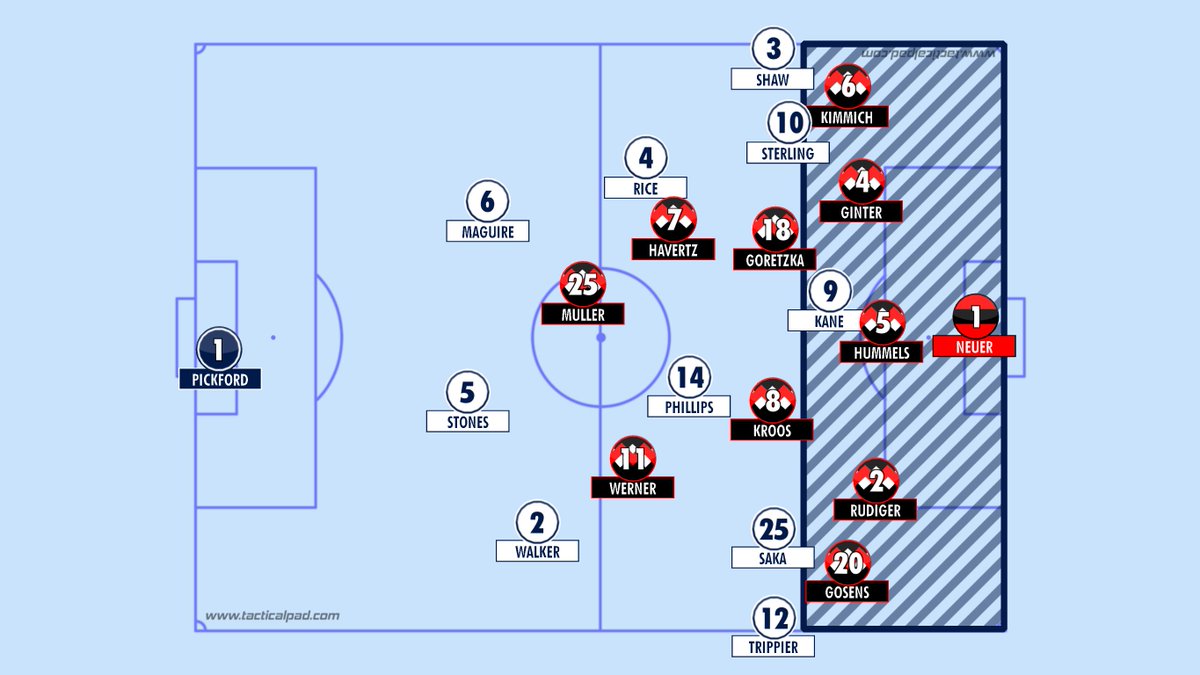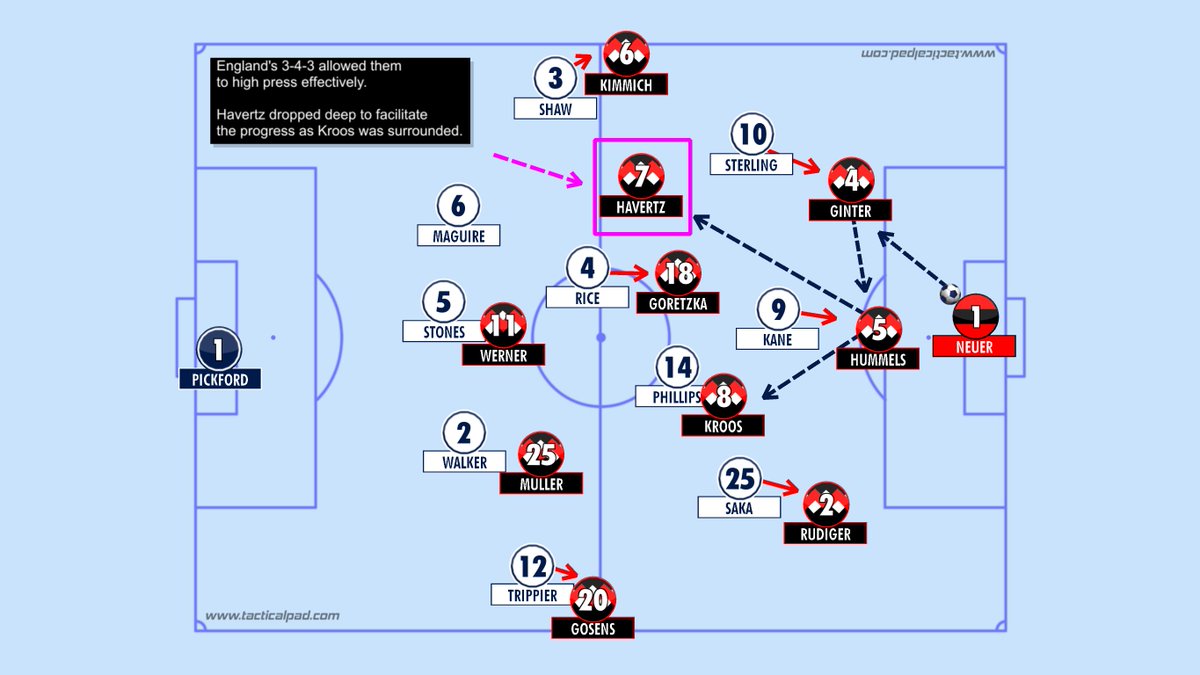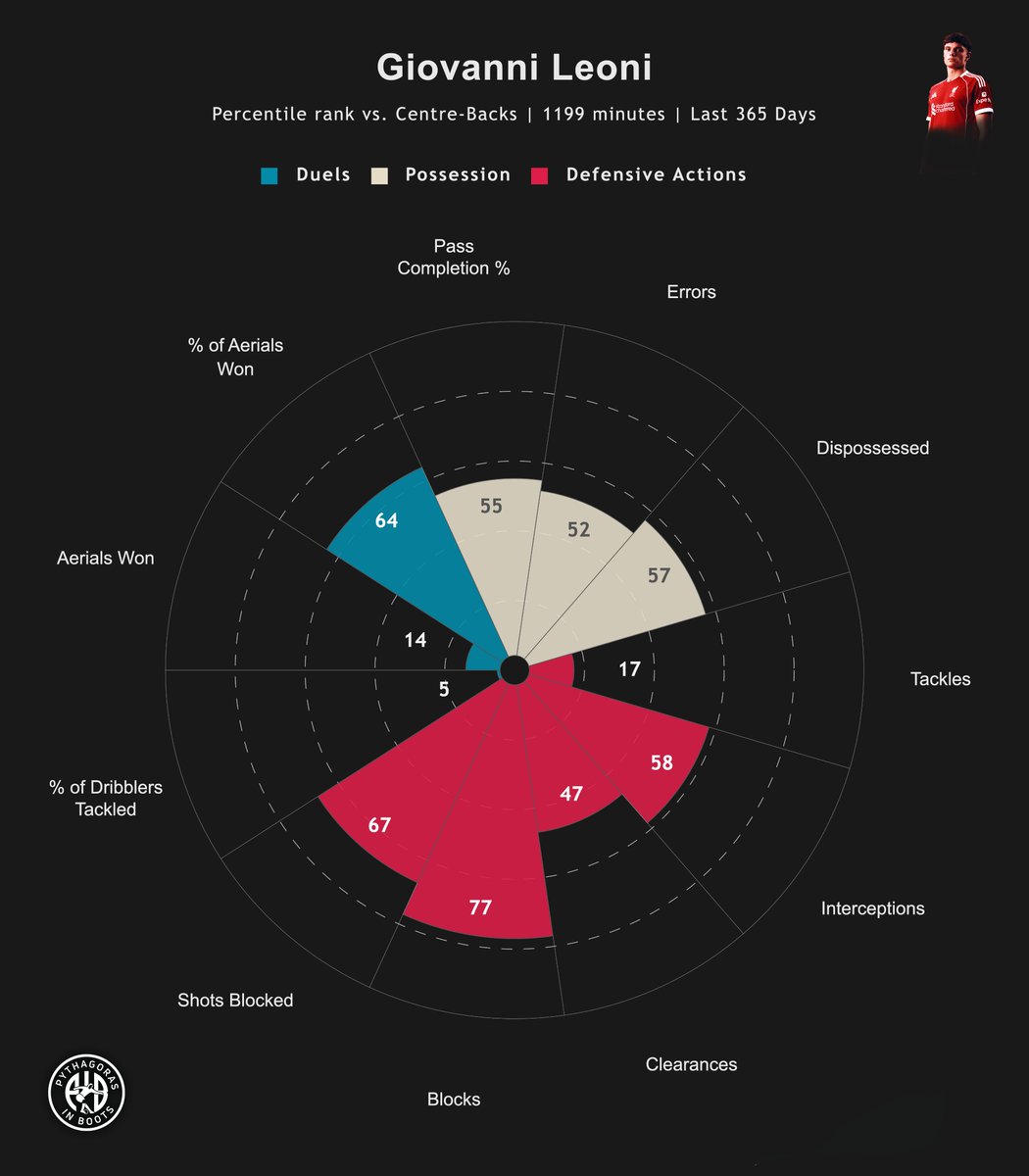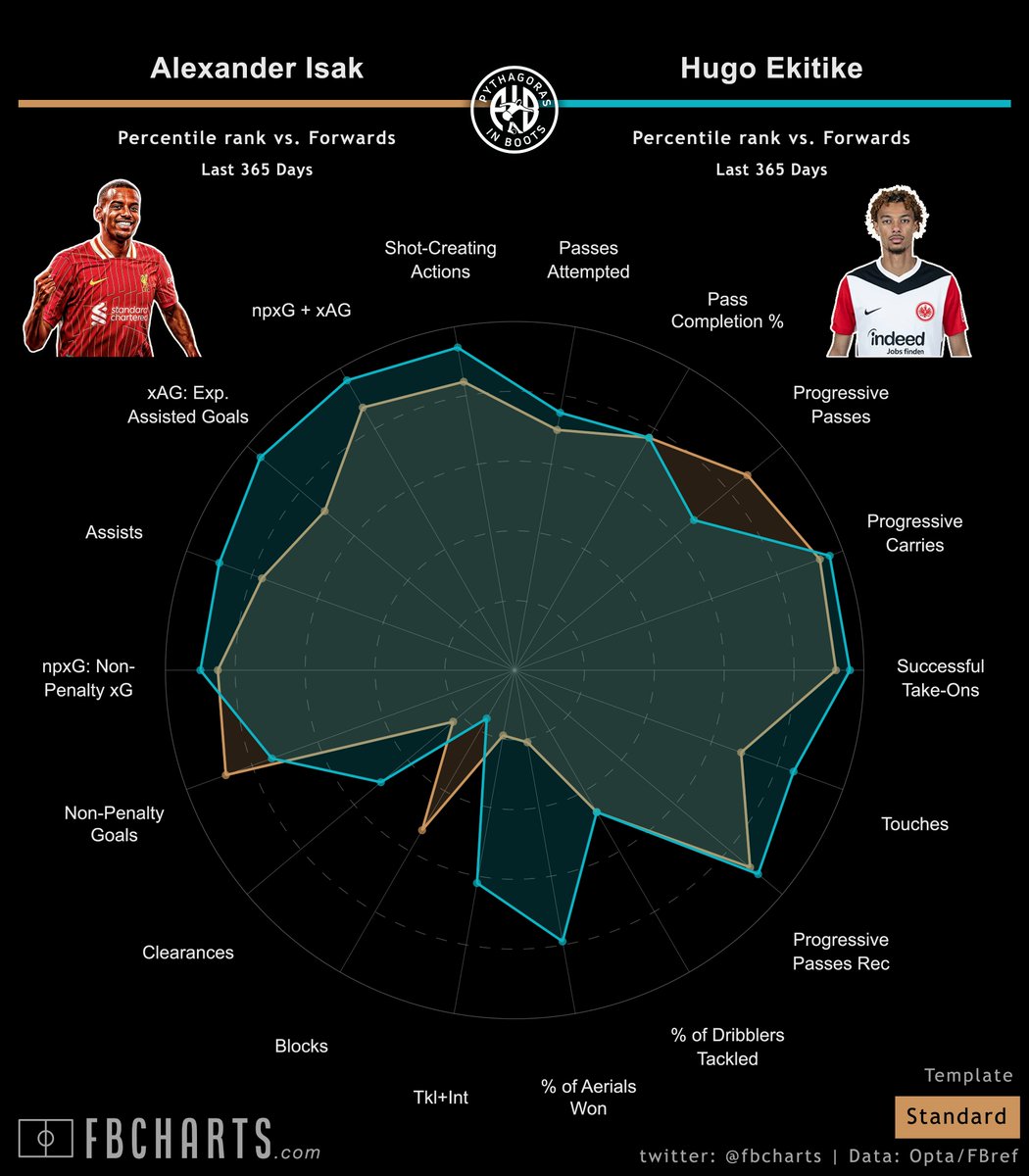#ENGGER - 𝐓𝐚𝐜𝐭𝐢𝐜𝐚𝐥 𝐓𝐡𝐫𝐞𝐚𝐝
Key points:
🔴Sterling a world-class talent when in the mood
🔴3-4-3 pinned the Germans back
🔴Low's leaky backline bites again
🔴Grealish Game-Changer
🔴Back 5 helped English midfield (options)
CC: @TacticalPad
#EURO2020 #ENG #GER
Key points:
🔴Sterling a world-class talent when in the mood
🔴3-4-3 pinned the Germans back
🔴Low's leaky backline bites again
🔴Grealish Game-Changer
🔴Back 5 helped English midfield (options)
CC: @TacticalPad
#EURO2020 #ENG #GER
Starting lineup thoughts, the Saka decision was brave and the correct one as he can penetrate space inside and outside. Perfect for a counter attack set up.
Abit too perfect as its effectiveness ended up pushing the Germans back...
Abit too perfect as its effectiveness ended up pushing the Germans back...

As we can see the beauty of the 3-4-3 is that by matching the German formation, England went man for man and the Germans were forced to match them.
This freed up Saka and Sterling from double marking and they were dangerous in the 1st half. Germany got caught out several times.
This freed up Saka and Sterling from double marking and they were dangerous in the 1st half. Germany got caught out several times.

Germany dropped off and played with a back 5 in an attempt to stifle Saka and Sterling. It worked to a degree.
Kane who was off the pace struggled even more when this happened. He was surrounded with no passes being made into him. His own lack of movement was also a problem.
Kane who was off the pace struggled even more when this happened. He was surrounded with no passes being made into him. His own lack of movement was also a problem.

The only German chances came from transitions and they were not really of a high quality. England generally managed it quite well although there were some scary moments on the far post due to Kimmich and Gosens connecting once again.
Lets also give praise to Gareth's front foot pressing tactic. We mentioned it in our preview but a 3-4-3 allows you to press high up the pitch and England matched the Austrians, Czechs and Swiss by doing this.
It disrupted the Germans rhythm and Kroos struggled to influence.
It disrupted the Germans rhythm and Kroos struggled to influence.

What a sub by Gareth to bring in Grealish who had a hand in both goals. It pushed Sterling to the right and that is where Sterling was able to make an impact.
Nothing tactically amazing about this, just a great run by Sterling who drove at the space left behind Kroos...
Nothing tactically amazing about this, just a great run by Sterling who drove at the space left behind Kroos...
Very few players have the ball mastery of a Raheem Sterling. So good in tight spaces and can eat up yards too.. the English Hazard.
For City he too often passes the buck or flops the finish in the elite games but for England he takes responsibility.
For City he too often passes the buck or flops the finish in the elite games but for England he takes responsibility.
Kane still worries me. He got a goal which is great but it was after the game opened up. Against smaller sides who will shut up shop, he needs to be sharper and move more. Still one to keep an eye on and not get carried away.
Subs are so important in this tournament. The sheer number available and the quality of the benches this year means the momentum of a game can shift like crazy. Tactical versatility highlighted by Tuchel’s recent impact is becoming more and more important.
The comparison between Sven v Gareth is intriguing.
Sven would shoehorn as many stars into a side as he could to not hurt egos and Gareth seems intent on pissing off as many stars as possible.
At least he is focused on what he thinks will win him the game.
#EnglandvGermany
Sven would shoehorn as many stars into a side as he could to not hurt egos and Gareth seems intent on pissing off as many stars as possible.
At least he is focused on what he thinks will win him the game.
#EnglandvGermany
• • •
Missing some Tweet in this thread? You can try to
force a refresh























